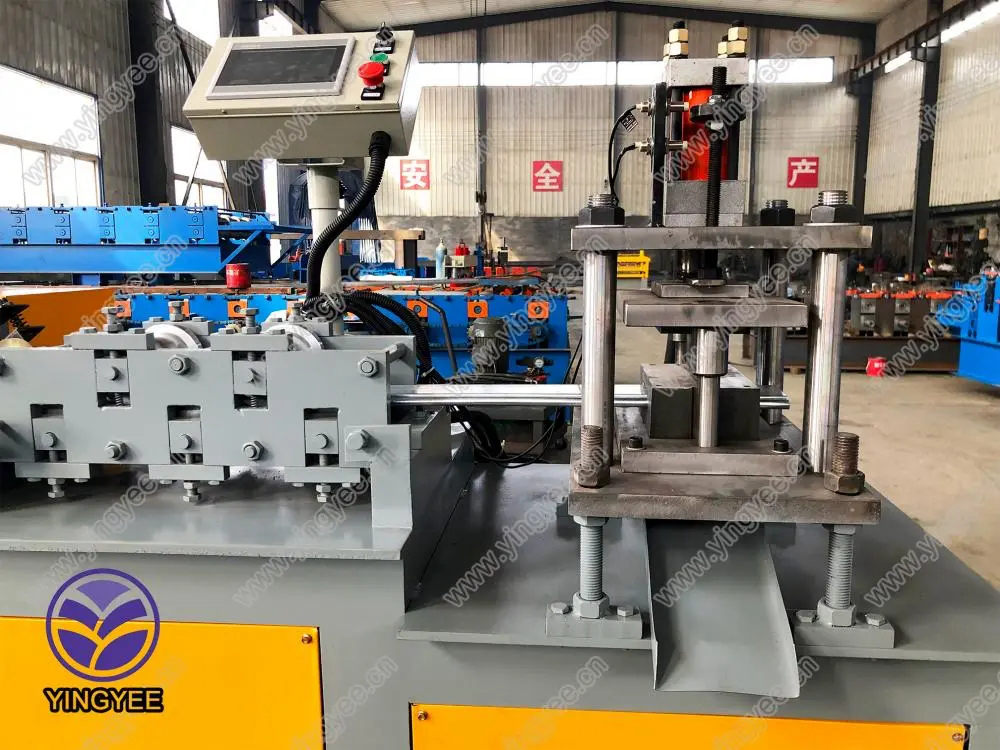
The Evolution and Importance of Rooftile Machines in Modern Construction
In the ever-evolving landscape of construction and architecture, the importance of roofing materials cannot be overstated. Among the various roofing solutions available, rooftiles stand out for their durability, aesthetic appeal, and energy efficiency. As the demand for high-quality rooftiles increases, so does the innovation in manufacturing processes. Rooftile machines, specifically designed for the production of concrete and clay tiles, play a pivotal role in this industry. This article explores the evolution, technology, and significance of rooftile machines in modern construction.
The Evolution of Rooftile Machines
Historically, rooftiles were made by hand, a labor-intensive process that required skilled artisans. The introduction of mechanized production transformed this craft into a more efficient and scalable industry. The first rooftile machines emerged in the 20th century, primarily in Europe, where there was a growing demand for mass-produced tiles. These machines utilized hydraulic presses and advanced molding techniques to create tiles rapidly and uniformly.
Over the decades, rooftile machines have undergone significant advancements. Modern machines are capable of producing a wide variety of tile shapes and sizes, from flat tiles to interlocking designs. Innovations in materials science have also played a vital role, with machines now capable of working with diverse raw materials to create lightweight, durable products that meet high environmental standards.
Technology Behind Rooftile Machines
Today's rooftile machines incorporate advanced technologies such as automated production lines, robotics, and computer-controlled systems. These features enhance precision, efficiency, and quality control. A typical rooftile manufacturing process begins with the mixing of raw materials, including clay, sand, and additives, which are then extruded, pressed, and shaped into tiles.

The use of automation in rooftile machines has significantly increased production speed and reduced labor costs. With continuous feeding systems and rapid drying processes, a single machine can produce thousands of tiles daily. Furthermore, modern rooftile machines are equipped with quality inspection systems that use cameras and sensors to detect any defects in the tiles, ensuring that only the highest quality products reach the market.
The Importance of Rooftile Machines in Construction
Rooftile machines are essential for meeting the growing demand for sustainable and aesthetically pleasing roofing solutions. As urbanization accelerates and more buildings are constructed, the need for reliable and effective roofing materials rises correspondingly. Rooftiles, known for their longevity and thermal properties, contribute to energy efficiency in buildings, reducing heating and cooling costs for homeowners.
Moreover, the global focus on sustainability has driven the roofing industry towards eco-friendly practices. Rooftile machines can produce tiles from recycled materials, and the durability of rooftiles ensures that they require less frequent replacement compared to other roofing types. This longevity translates into less waste and a smaller environmental footprint.
Another significant advantage of rooftile machines is their contribution to architectural variety. With the ability to produce custom shapes, colors, and textures, rooftile machines allow architects and builders to create unique roofing designs that enhance the overall appearance of buildings. This adaptability makes rooftiles an attractive option for both residential and commercial projects.
Conclusion
In conclusion, rooftile machines have revolutionized the production of roofing materials, making them more accessible, efficient, and environmentally friendly. As technology continues to evolve, the capabilities of these machines are expected to expand even further, allowing for greater customization and sustainability in construction. The role of rooftile machines in modern architecture cannot be underestimated; they contribute to the resilience and beauty of our built environment, embodying the intersection of functionality and aesthetic appeal. As the construction industry moves towards a more sustainable future, rooftile machines will remain at the forefront of innovation, shaping the roofs under which we live and work.